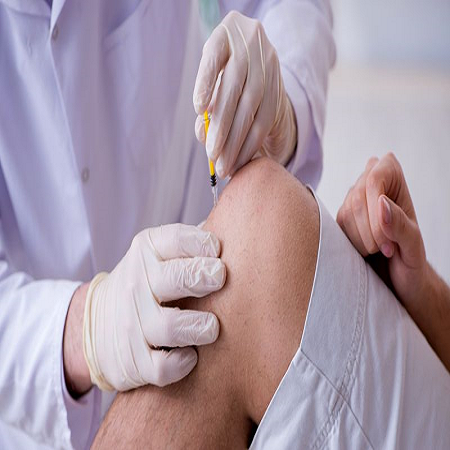Stem Cell Therapy - Abu Dhabi - Dubai
Syringomas are benign (non-cancerous) skin growths that typically appear as small, firm, flesh-colored or yellowish bumps. They are usually found on the lower eyelids, although they can occur in other areas of the face as well. Syringomas are caused by the overgrowth of sweat gland cells.
If you're considering syringoma removal, it's important to consult with a dermatologist or a skin specialist. They will evaluate your specific case and recommend the most appropriate treatment options for you. Here are a few common methods for syringoma removal:
- 1. Excision: This involves using a surgical tool, such as a scalpel or a laser, to remove the syringoma. Local anesthesia is usually administered to numb the area before the procedure. Excision may be suitable for single or a small number of syringomas.
- 2. Electrocautery: In this procedure, an electric current is used to burn and remove the syringoma. The dermatologist will apply a local anesthetic before using a heated needle or electrode to cauterize the growth. Electrocautery is generally used for multiple syringomas in a single session.
- 3. Cryotherapy: Liquid nitrogen is applied to the syringoma to freeze and destroy the affected cells. Cryotherapy is often used for smaller syringomas and may require multiple treatment sessions.
- 4. Laser therapy: Laser treatment can be effective in removing syringomas. Different types of lasers, such as CO2 lasers or erbium lasers, may be used to target and destroy the growths. Laser therapy is often preferred for larger or widespread syringomas.
It's important to note that while these treatments can remove existing syringomas, they may not prevent new ones from developing in the future. Syringomas have a tendency to recur, so it's essential to manage your expectations and discuss potential long-term strategies with your dermatologist.
Additionally, it's crucial to follow post-treatment care instructions provided by your dermatologist to ensure proper healing and minimize the risk of complications. These may include keeping the treated area clean, avoiding excessive sun exposure, and using prescribed topical medications, if necessary.
Remember, the information provided here is general, and the best course of action can vary depending on your individual circumstances. Consult a qualified healthcare professional for personalized advice and treatment options.

